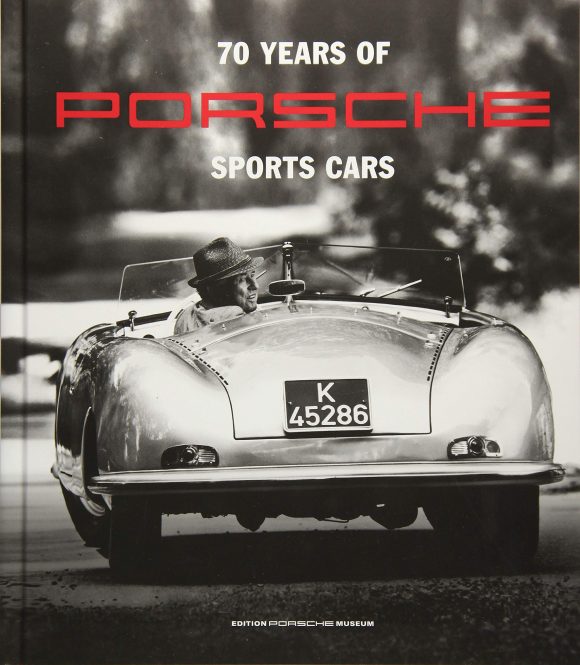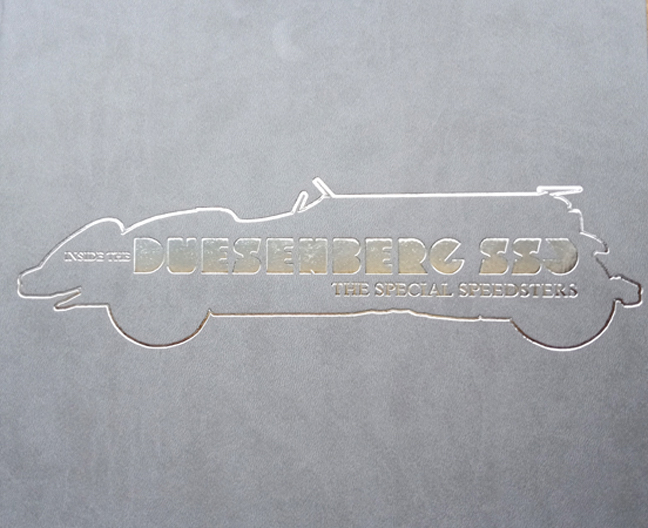Secret Aircraft Designs of the Third Reich

by David Olaf Myhra
“In 1933 a German aerodynamicist was studying the flow over accurately made steel model wings placed downstream of a small supersonic nozzle. He reported his findings two years later at a big international congress. Nobody appeared to take the slightest interest.”
—Bill Gunston in “Faster Than Sound”
Unless you already know a bit about this subject you’ll probably be surprised how many hundreds of advanced aircraft projects were on the drawing boards at the end of World War Two. In political terms it’s a good thing that that’s were they stayed, denying Germany the technological supremacy that would have not only altered the outcome of the war but, considering how early in the 1930s these ideas were already articulated, may well have put Germany on a different path altogether. In practical terms many of the theoretical models and certainly the hardware the allies confiscated and spirited away, not to mention the actual designers they employed, found application in all sorts of aircraft in short order. While you may not know the German designers and aircraft by name, you will likely recognize such significant aircraft as the Bell X-5 (US), Victor bomber (UK), MiG15 (USSR), and maybe even Sweden’s SAAB 29-A. Some of these were exact copies of German planes, others adaptations or natural evolutions of groundbreaking German designs.
The author was 10 years old when a chance acquaintance with a former German aircraft engineer put these aircraft on his brain. This was the 1950s and talk of rocket-fueled secret planes sounded plenty exotic but not quite as impossible as only two decades earlier. It would be another 30 years before Myhra, a Princeton man and Rockefeller Foundation Fellow who worked for US intelligence and the nuclear industry, would find the time to devote himself further to his childhood fascination. Nowadays, research into German aircraft designers is his sole professional ambition; written in 1998 this is his second of now several aviation books and dozens of articles. There is much that is laudable about the book, and some glitches that seem so avoidable that their presence defies reason. Myhra clearly has a fundamental grasp of the subject of German aircraft production in general and “special projects” in particular. He did proper research in all the proper places, is acquainted with all the right sorts of professionals in the field, and counts some of the very pillars of the community he writes about among his friends and mentors. All the ingredients are in place for this book to be a definitive account. But then there are the errors, mostly in the photo captions. There is no point, and not enough space, to enumerate them all here so three representative examples must suffice:
factual – p. 277 shows the Consolidated Vultee/Convair XF-92 and twice calls it “Cutlass” but that’s the name for the Chance Vought F7U
outdated – the Heinkel He 176 shown in an oft-repeated artist’s impression, p. 162, is known since at least 1994/95 to have looked differently
ambiguous – the artist’s impression on p. 24 of a collection of “anti aircraft missiles” shows several with cockpit windows, i.e. manned aircraft
Yes, these are minor details, but if minor things slipped by how can the reader be certain bigger ones didn’t too? Add to that a vast number of typos (why deprive preeminent rocket scientist Wernher von Braun of the “h” in his name??), editorial lapses, and translation snafus and you have some head-scratching to do: what is one to think of this book?
In this reviewer’s opinion the book’s merits (i.e. its scope and photos) outweigh its flaws—just do your own fact-checking before you start any bar fights. On the positive side, Myhra presents a nuanced analysis of the factors that can explain why it was Germany and not anyone else that made such advances in the inter-war years (cf. an unanticipated outcome of the Treaty of Versailles: restrictions on aircraft manufacture diverted engineers’ attentions to sailplanes thus giving them unprecedented experience in aerodynamics), why German aero engineers’ proposals fell on deaf government ears until it was too late (Hitler), or why after WW II all those good ideas were acted upon anywhere but Germany. These alone are complex matters and worthy of your considered attention. Myhra revisits these threads in his presentation, in alpha order, of 17 of the major German manufacturers. A short history of each company and biographical notes on the principal designer/s precedes an overview of the firms’ products and a detailed description of the special projects along with their specs. Because most of these projects remained unbuilt, Myhra struck upon a novel solution for showing the aircraft: scale models. They were provided by a number of builders, from several countries, and many are photographed in diorama-like settings that make them look quite realistic. He also uses specially commissioned drawings and 3D computer renderings. There are over 1000 photos (none except the models are credited), many from private collections, and that alone would be another strong suit of the book. A color section contains 17 pages of illustrations, 15 of models, and 2 of a b/w structural drawing of the very important DFS-346 sound barrier test aircraft.
There are several cases were line art of profile and top/bottom views was enlarged beyond any prudent scale so as to fill the page layout, rendering them pixilated/fuzzy. Things like this are amateurish in the extreme but probably more the publisher’s than the author’s fault! This is a particular shame because Schiffer books have so many nice touches: properly rounded spines, decorated book covers under the dust jackets, marbled endpapers. Moreover Schiffer has a firm commitment to these highly specialized titles and is one of the few publishers to keep them in print for a long time.
On the motor vehicle front, note that the Opel rocket car is shown, also a Heinkel scooter, and two Messerschmitts (whose photo captions are transposed). There is an extensive Glossary and a good Index.
Copyright 2010, Sabu Advani (speedreaders.info).


 RSS Feed - Comments
RSS Feed - Comments






































































 Phone / Mail / Email
Phone / Mail / Email RSS Feed
RSS Feed Facebook
Facebook Twitter
Twitter